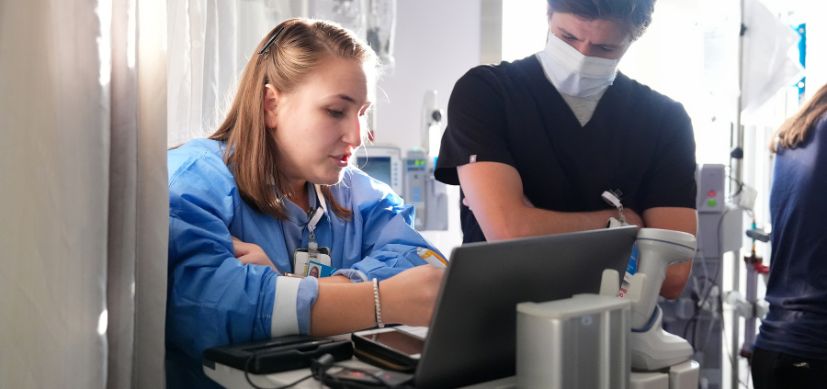Schools Start Too Early for Adolescents
Research By: Paula Braverman, MD
Post Date: June 27, 2019 | Publish Date: September 2014

A major factor driving an “epidemic” of sleep problems among America’s teens traces back to early school start times, according to a national working group of experts organized by the American Academy of Pediatrics.
The group, which included Paula Braverman, MD, from Cincinnati Children’s, reported its findings in the September 2014 issue of Pediatrics.
“The quest to reduce the high cost of sleep loss in adolescents is not only an important public health issue but one of paramount importance to educators, pediatric health care providers, and advocates for adolescent health. Although many changes over the course of adolescence can affect the quality and quantity of sleep, one of the most salient and, arguably, most malleable is that of school start times,” the co-authors wrote.
The report cites numerous studies indicating that pushing back middle school and high school start times by as little as 30 minutes can reduce problems including sleepiness, difficulty concentrating, behavior problems, and absenteeism.
In 2012, about 43% of the nation’s high schools started before 8 am. But some are changing. Minneapolis pushed its start time for high schools from 7:15 am to 8:40 am beginning in fall 1997, which provided nearly one extra hour of sleep for students. This in turn resulted in improved attendance and continuous enrollment rates along with slight improvements in academic achievement.
Other studies found that middle school students performing in the lower end of the test score distribution seemed to benefit most from gaining more sleep, and those effects persisted into high school.
Additional health-related benefits included fewer students self-reporting symptoms of depression, reduced risk of fatigue-related traffic crashes, higher likelihood that students will eat breakfast before school, and improvements in teacher satisfaction linked to increased sleep.
| Original title: | School Start Times for Adolescents |
| Published in: | Pediatrics |
| Publish date: | September 2014 |








